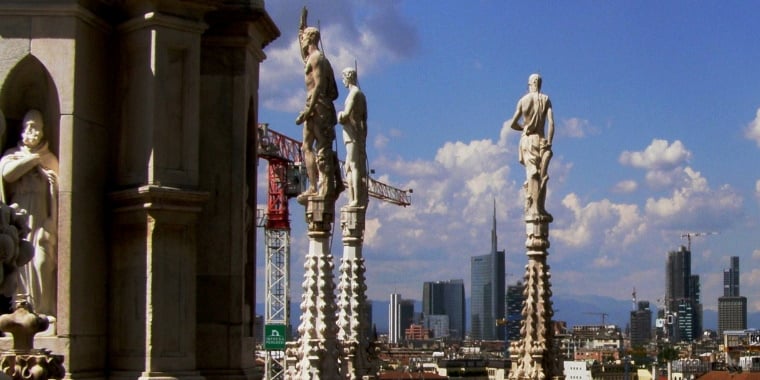
The 2017 Budget Law, approved by the Italian Parliament, provided for a privileged tax scheme for natural persons residing abroad who decide to transfer their residence to Italy.
The favorable scheme consists in the possibility of taxing all income from foreign sources by paying a flat-rate substitute tax equal to €100,000 for each tax period (a so-called flat tax) regardless of the amount of taxable foreign income. This tax must be paid by 30 June each year.
The types of foreign income that comes under the Italian flat tax scheme for “res non dom” subjects are the following:
The only exception relates to capital gains deriving from the sale of shareholdings equal to or greater than 25% in Italian or foreign companies; these are taxed with a substitute tax equal to 26%.
Besides the exemption of all the income produced abroad, as listed above, the person transferring their residence to Italy and requesting the application of the flat tax enjoys additional tax savings:
As regards any taxes paid abroad (for example to the Mexican State for the possession of a property in its territory) on income from foreign sources, these cannot be deducted from the tax of 100,000 euros to be paid to the Italian state (author’s note: tax credits are not allowed).
The new resident taxpayer who wants to request the application of the flat tax must do so within the Italian tax return in their first year of residence in the territory of the Italian State (the so-called option for the res non dom scheme).
More specifically, the new resident must take advantage of this option within the deadline for the submission of the return relating to the tax period in which their residence was transferred to Italy, i.e. before 30 September of each year. For example, taxpayers who decide to transfer their residence during the tax period of 2018 will have time to request the application of the flat tax until 30 September 2019.
Taxpayers who, before making the change of residence, want to make sure that they have all the requisites to access the Italian flat tax scheme can request a prior opinion (so-called ruling) from the Italian Tax Administration, by submitting a specific request (so-called probative question).
If the Italian Revenue Agency responds positively to the request or fails to respond within 120 days (so-called silent consent), the application is deemed to be accepted and effective. Therefore, the taxpayer may request the application of the flat tax of 100,000 euros in their tax return and the Italian State can no longer revoke the application of this scheme in any way.
This prior request must contain:
If instead the new taxpayer decides to take advantage of the option without submitting the request for a ruling by the Italian Revenue Agency, the flat tax can still be applied but the Italian State could, in the future, revoke or disown the application of the tax relief system.
The pater familias that opts for the application of the Italian flat tax may request that the same be extended, throughout the period of validity, to one or more family members (spouse, children, parents and siblings)
To take advantage of the flat tax, the family members must be in the same conditions as the pater familias, i.e. they must have transferred their tax residence to Italy.
Therefore, the new tax relief scheme can involve the whole family. However, family members are entitled to a tax reduction; the amount due to each family member is 25,000 euros.
For example, if two spouses jointly transfer their tax residence to Italy and one of the two opts for the flat tax scheme and includes the other family member, the total amount of the substitute flat-rate tax payable would be €125,000 for each tax period.
Clearly, all the benefits offered by the scheme to pater familias are also extended to such family members.
The flat tax option and its effects may last, except in the case of revocation or forfeiture, for up to 15 years.
Taxpayers who have exercised the option, or their family member to whom it has been extended, may revoke the option in the tax return for each individual tax period (i.e. from year to year).
The Italian State allows natural persons wishing to transfer their tax residence to Italy to apply for a two-year residence permit, renewable for a further three years. This visa guarantees free movement
The request must be sent to the consular authority for the visa application. The procedure is streamlined and fast. Special arrangements have been made to process such requests as a priority and without any appointment. Within 10 days from application the consular authority is required to respond to the request made.
Naturally, family members who intend to move to Italy enjoy the same advantages as the pater familias. In fact, should they wish to move further family members to the territory of the Italian State in the future, they will also be able to benefit from the family reunification provisions.
Holders of a residence permit can move freely within the Schengen area for a maximum period of 90 days every 180 days. After five years of regular residence in Italy, they can apply for a long-term residence permit. After ten years of residence, they can apply for Italian citizenship.
Are you interested to lear more or do you require assistance? Our experts at Fidinam Italia will assist you. Contact us today.
All content © . All Rights Reserved.